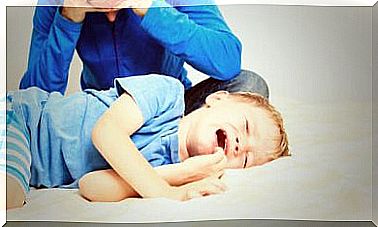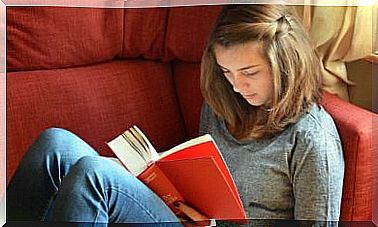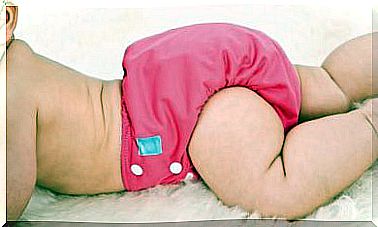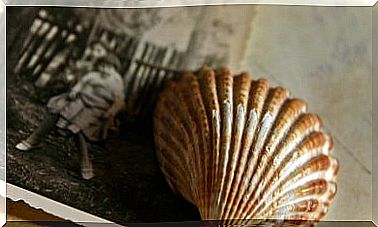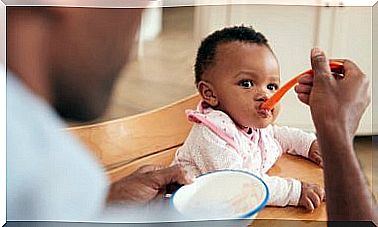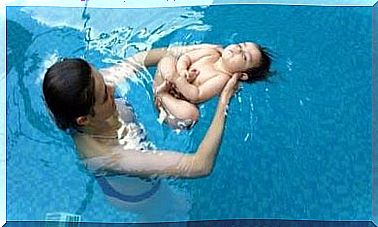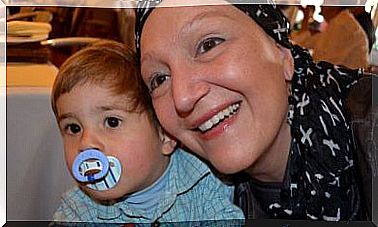Watery Eyes In Babies

There are several reasons why your baby has watery eyes, but the most common are two: being born with a blocked tear canal or suffering from conjunctivitis. In both cases the treatment is simple and fundamentally it is required to be rigorous with hygiene.
Some children are born with a blocked tear duct, which causes tearing and, frequently, persistent infection with purulent discharge as in conjunctivitis.
This situation usually improves over time, however the Spanish Association of Pediatrics recommends that you give your baby a massage such as squeezing the tear duct out.
If the problem persists at 6-12 months, the eye doctor may need to unclog the canal by flushing it with a very fine probe.
In most cases, conjunctivitis will heal on its own, but treatment to shorten the duration and prevent infections and complications is considered indicated.
What is conjunctivitis?
The documents of the Spanish Association of Pediatrics explain that conjunctivitis is an inflammation of the conjunctiva.
The conjunctiva is the outermost layer of the eye, which lines the visible area of the eyeball and the inner part of the eyelids. The conjunctiva is almost transparent under normal conditions.
It also states that conjunctivitis can be infectious (caused by bacteria or viruses), allergic (caused by an allergic reaction), irritative (caused by a foreign body in the eye), or chemical (caused by a chemical).
The information may make you a bit nervous, but don’t worry, as most infectious conjunctivitis are mild, only rarely can they cause more significant damage.
It is necessary to know that infectious conjunctivitis can be caused by bacteria or viruses. 80% of infectious conjunctivitis are caused by bacteria that normally live in the nose or on the skin.
The remaining cases are viral.
Conjunctivitis is the most common eye infection in children. Although most conjunctivitis is contagious, it usually does not harm the eye or vision.
Conjunctivitis symptoms
Most likely, your child will complain of discomfort in the eyes, which are not relieved by rubbing them, they may even hurt a little.
After this there will be redness and inflammation of the conjunctiva, which is commonly known as red eye. You often feel like you have something stuck in your eye.
The baby may also have white, yellow, or green discharge (discharge). In bacterial conjunctivitis, this secretion can be abundant and thick, which generates as a consequence that you wake up with glued eyes.
On the other hand, in viral conjunctivitis, explains the Spanish Association of Pediatrics, the secretion is usually less important.
Because the eye communicates with the nose through the tear duct and the nose with the ear through the Eustachian tube, some children, especially the very young, have otitis along with conjunctivitis.
Therefore, if a child has conjunctivitis and complains about the ear (or if it is a baby and cries more than usual), it should be examined by its doctor.
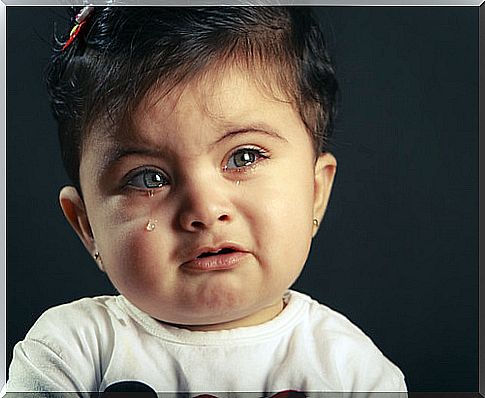
How is conjunctivitis prevented?
Children should not touch their eyes with dirty hands. Also, when a child has infectious conjunctivitis, both the child and the caregiver should wash their hands after touching or touching their eyes.
This is necessary when applying eye drops or ointment, for example. And keep in mind that sometimes it is impossible to prevent the disease from spreading between partners.
How are watery eyes treated?
The Spanish Association of Pediatrics recommends that analgesics or cold or warm compresses can be administered to improve discomfort.
Secretions and scabs should also be cleaned and the eyelids peeled off with warm boiled water, sterile saline solution, or a suitable liquid from the pharmacy.
Peditators agree that medical treatment for conjunctivitis consists of the prescription of a few drops (eye drops), ointment or antibiotic gel.
Normally the treatment lasts a week, the drops should be applied frequently, between four or six times a day and the ointment or gel two or three times in 24 hours.
The ointment can cloud your vision so it is best to put it on your baby at night. The gel has the advantage that it is applied fewer times than the eye drops (like the ointment), it does not cloud the view, but there is only one preparation, which restricts the treatment possibilities to a single antibiotic.
Treatment is generally well tolerated by children, but it can be a real challenge to put a drop into the eye, several times a day for a week, to a resistant child.
To deal with this, lay the child down, with the head tilted back and looking up ; When your eyes are closed, apply a drop to the inner edge of the eyelid. Ideally, you should then open and close them for a few seconds.
Conjunctivitis of newborns is sometimes more important. For this reason, in maternity wards, drops are administered to the baby’s eyes to prevent infection by germs from the mother’s genitalia during delivery.
